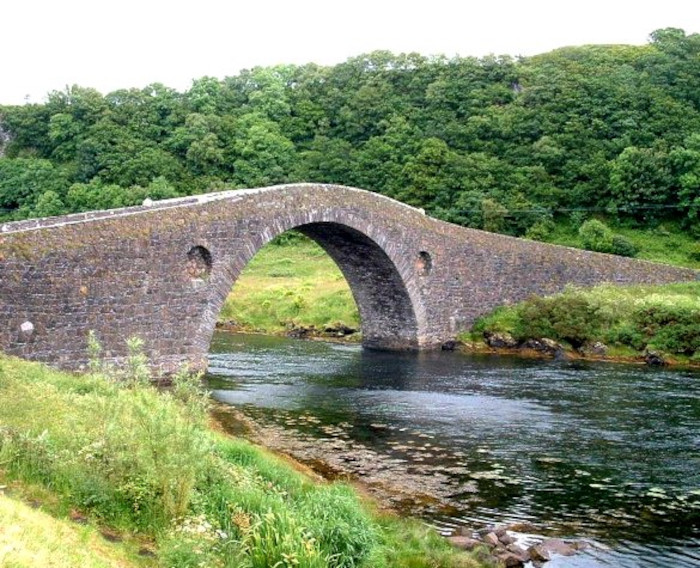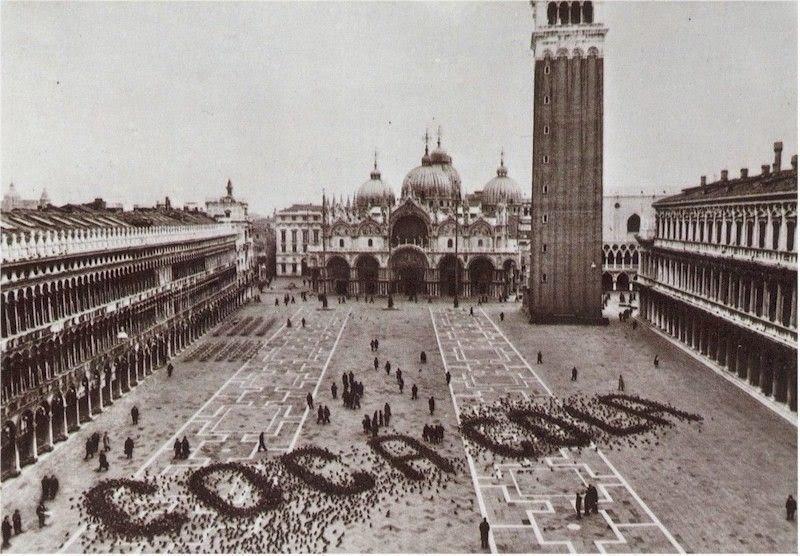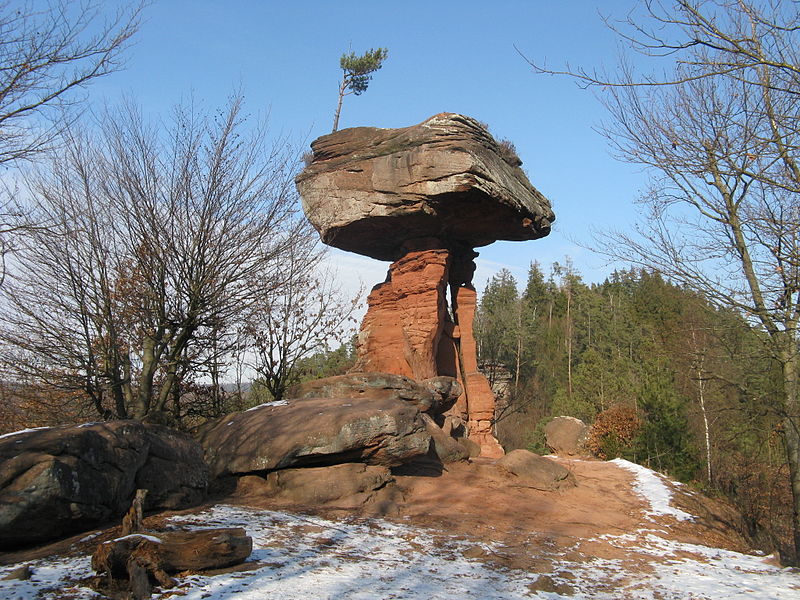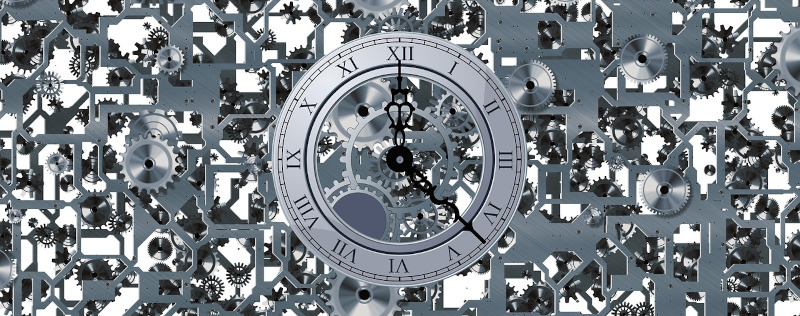
The Clachan Sound, in western Scotland, connects at both ends to the Atlantic Ocean.
So the Clachan Bridge, which crosses it, is known as the Bridge Over the Atlantic.

The Clachan Sound, in western Scotland, connects at both ends to the Atlantic Ocean.
So the Clachan Bridge, which crosses it, is known as the Bridge Over the Atlantic.
In an unsigned feature in 1893, the Strand noted that Mozart and John Stuart Mill had identical ears.
Incontrovertibly, “It is equally true that the latter composed, to the fraction of a note, exactly as much music as the other formulated imperishable logic.”
Hob and Nob live in Gotham, a village stricken with “witch mania.” Rita visits both of them. Hob tells her, “The witch has blighted Bob’s mare,” and Nob tells her, “Maybe the witch killed Cob’s sow.” Hob and Nob themselves don’t suspect any particular person of being a witch, and there’s no definite description (such as “the Gotham witch”) that they both think applies uniquely to some alleged witch. Hob isn’t aware of Cob’s sow, and Nob isn’t aware of Bob’s mare. Rita herself doesn’t believe in witches. She reports the following:
“Hob thinks a witch has blighted Bob’s mare, and Nob wonders whether she killed Cob’s sow.”
How do we make sense of this? The two assertions seem to refer to the same person, but how is this possible if no such person exists? What can it mean to say that one nonexistent object is the same as another?
(P.T. Geach, “Intentional Identity,” Journal of Philosophy 64:20 [1967], 627–32.)

Speaking of swans: By royal prerogative, all mute swans in open water in Britain are the property of the British Crown. Historically the Crown shares ownership with two livery companies, the Worshipful Company of Vintners and the Worshipful Company of Dyers, and so, accordingly, each year in the third week of July three skiffs make their way up the Thames from Sunbury to Abingdon, catching, tagging, and releasing the swans they encounter. Nominally they’re apportioning the birds among themselves; in practice they’re counting them and checking their health.
Magnificently, the Crown’s swans are recorded by the Marker of the Swans, a recognized official in the Royal Household since this tradition began in the 12th century. Queen Elizabeth II attended the Swan Upping ceremony in 2009, as “Seigneur of the Swans,” the first time a reigning monarch had done so. The entire operation was shut down for the first time in 2020, due to COVID-19, but it commenced again the following year.
While we’re at it: All whales and sturgeons caught in Britain become the personal property of the monarch — they are “royal fish.” Plan accordingly.
(Thanks, Nick.)

daymark
n. a mark to help navigators to find their way
nimbiferous
adj. bringing storms or showers
kenspeckle
adj. easily recognizable, conspicuous
onymous
adj. having a name
During World War II, pilots in northern Australia noted that an enormous thunderstorm formed daily between September and March on the Tiwi Islands in the Northern Territory. Regularly reaching heights of 20 kilometers, “Hector the Convector” is one of the world’s largest thunderstorms, an object of concentrated study by meteorologists, and a relative oddity — a cloud with a name.
A striking detail from the Encyclopaedia Britannica of 1860: On a wager, poet John Taylor (1578–1653) once engaged to row from London to Queenborough in a paper boat with two stockfish tied to canes for oars. He partnered with a vintner named Roger Bird, and the two
Took ship vpon the vigill of Saint Iames
And boldly ventur’d down the Riuer Thames,
Lauing and cutting through each raging billow,
(In such a Boat which neuer had a fellow)
Hauing no kinde of mettall or no wood
To helpe vs eyther in our Ebbe or Flood:
For as our boat was paper, so our Oares
Where Stock-fish, caught neere to the Island shores.
The boat began to leak and founder, and Taylor contrived to hold it up by attaching eight inflatable bullocks’ bladders to its sides. After two miserable days, he and Bird reached their goal and were feted by the mayor of Queenborough while the people tore the boat to scraps, “Wearing the reliques in their hats and caps.” They rode home on horseback.

The cover of Wolfgang Haug’s 1986 book Critique of Commodity Aesthetics bears a striking photo — when corn was strategically spread in in St. Mark’s Square in Venice, hundreds of feasting pigeons produced an impromptu advertisement for Coca-Cola.
Evidently Coke had borrowed the idea from Assicurazioni Generali, a Venetian insurance company with headquarters in the piazza. The insurers would coax the pigeons to form the letters A G.
I’m not sure when the Coke ad was made. In The Postmodern Arts: An Introductory Reader (1995), Nigel Wheale says the ad could be seen on the walls of Italian bars and restaurants in the late 1960s, but possibly the photo had been taken earlier.

The Devil’s Table is a startling rock formation 14 meters high in Germany’s Palatine Forest. A layer of hard siliceous sandstone was deposited atop a softer sediment that then weathered away, leaving a “tabletop” that protects its pillar from further erosion. It was classified as a National Geotope in 2006.

obeliscolychny
n. a lighthouse
morsure
n. the act of biting
salvediction
n. salutation on meeting
grandisonant
adj. stately-sounding
In 1900, a collie on Wood Island in Saco Bay, Maine, gained international fame for ringing the lighthouse’s fog bell to greet passing ships. “When ‘Sailor,’ for that is what he is called, sees a vessel passing the lighthouse he runs to the bell, and with a quick, sharp bark seizes the short rope between his teeth and rings several times,” wrote a correspondent to the Strand.
“As the years have passed ‘Sailor’ has kept on ringing salutes to passing vessels and steamers,” observed the Boston Herald. “Indeed, he feels hurt if not permitted to give the customary salute to passing craft, while skippers whose course takes them often past Wood Island are accustomed to see ‘Sailor’ tugging viciously at the bell rope. They reply with a will on their ship’s bell or horn, and in case of steamers a hearty triple blast is sent back to the watcher of Wood Island, who gives a new meaning to the good old sea term of ‘dog watch.'”
(Thanks, Frank.)

In Surprised by Joy, C.S. Lewis points out a phenomenon he calls “chronological snobbery,” “the uncritical acceptance of the intellectual climate common to our own age and the assumption that whatever has gone out of date is on that account discredited”:
You must find why it went out of date. Was it ever refuted (and if so by whom, where, and how conclusively) or did it merely die away as fashions do? If the latter, this tells us nothing about its truth or falsehood. From seeing this, one passes to the realization that our own age is also ‘a period,’ and certainly has, like all periods, its own characteristic illusions. They are likeliest to lurk in those widespread assumptions which are so ingrained in the age that no one dares to attack or feels it necessary to defend them.
“History does not always repeat itself,” wrote John W. Campbell. “Sometimes it just yells, ‘Can’t you remember anything I told you?’ and lets fly with a club.”